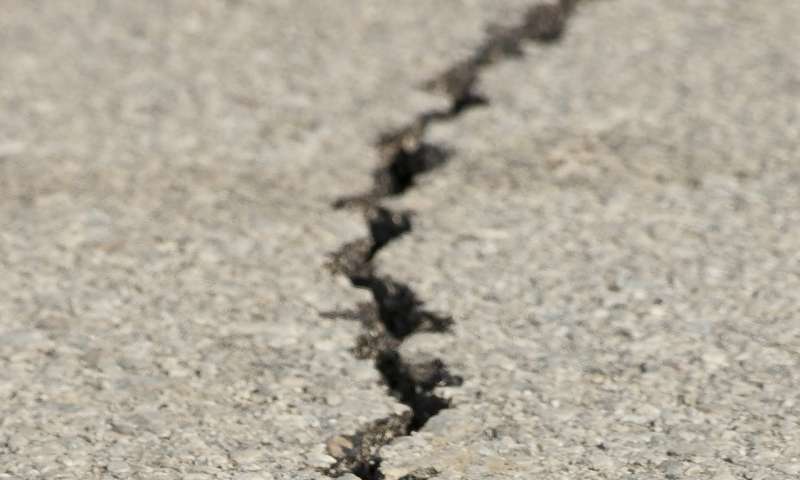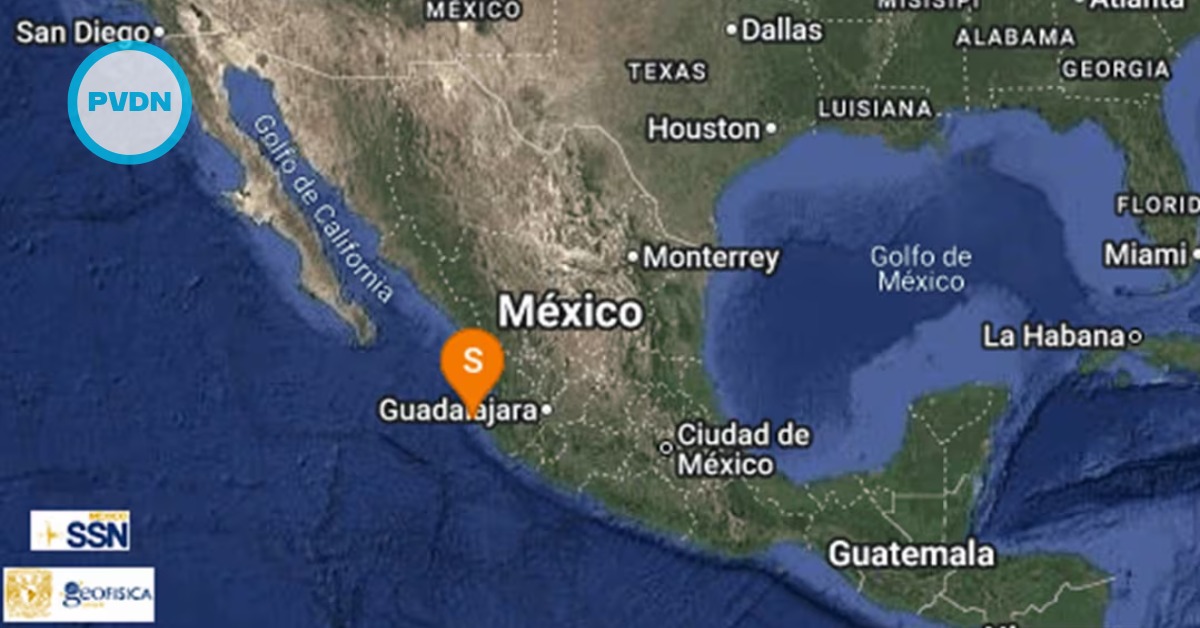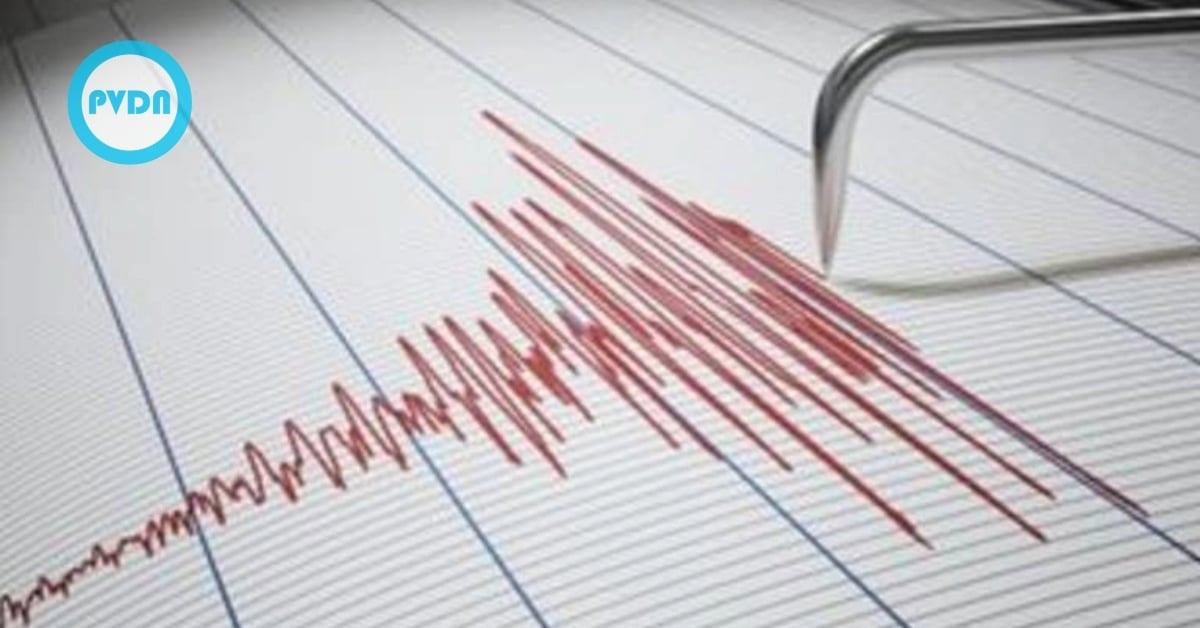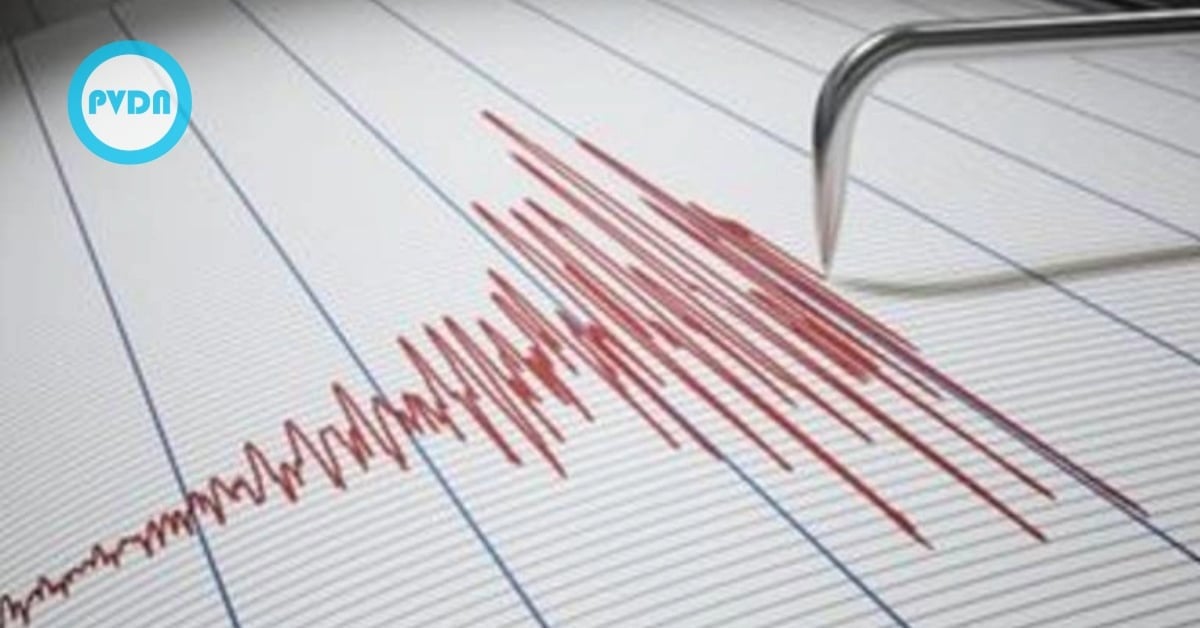Last September's magnitude 8.2 Tehuantepec earthquake happened deep, rupturing both mantle and crust, on the landward side of major subduction zone in the Pacific Ocean off Mexico's far south coast.
Initially, it was believed the earthquake was related to a seismic gap, occurring where the Cocos ocean plate is being overridden by a continental plate, in an area that had not had a quake of such magnitude since 1787. Subduction zone megaquakes generally occur near the top of where plates converge.
The epicenter, however, was 46 kilometers (28 miles) deep in the Cocos plate, well under the . . .





